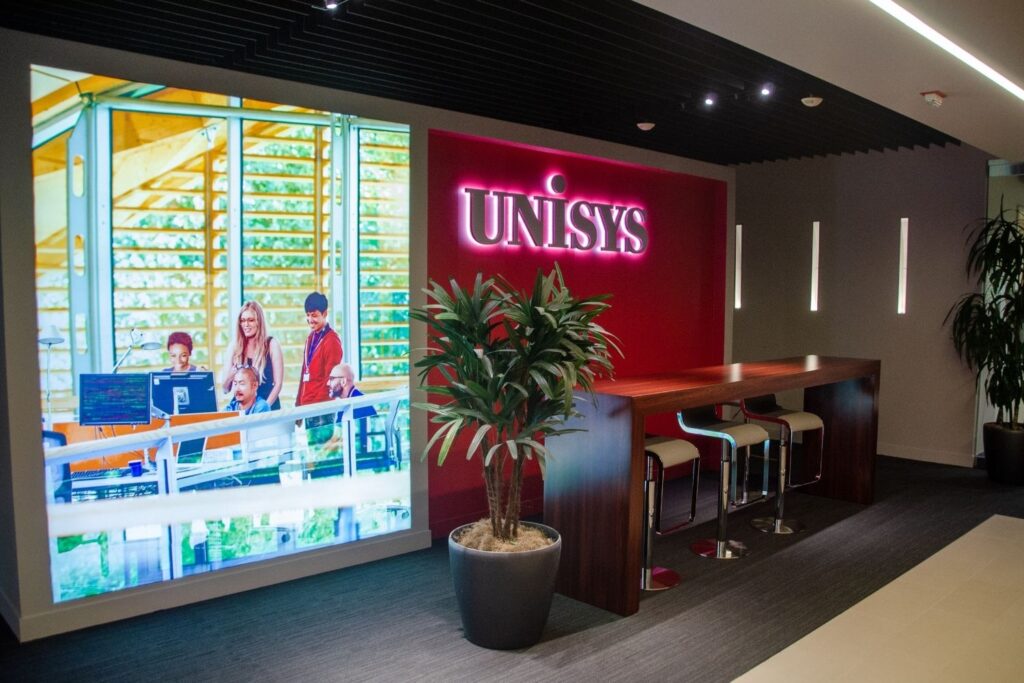- Ellen Kaminski
I recently attended my first Association of Briefing Program Managers (ABPM) conference. While I have attended numerous conferences throughout my career and thought that I had a good idea of what to expect, there were a few surprises and definitely more than a few learning moments.
First, suppose you are not familiar with Executive Briefing Centers and Briefing Programs. In that case, the centers are dedicated spaces companies use for highly customized conversations between key decision makers from potential strategic clients and subject-matter experts from the host company. The Briefing Program is the overarching combination of the space for the meeting, the discussion leaders who possess both business acumen and technical expertise to effectively dialog with the prospective client, and all the planning involved to create an engaging, on-brand experience for potential clients. Executive briefings are a unique, specialized, and highly effective face-to-face event.
While the theme of this year’s conference was “Briefing: A Global Metamorphosis,” it might well have been titled “Hybrid Work and Meetings are the New Normal.” Session after session addressed the new reality of hybrid. Like trade shows and other in-person events, executive briefings, as they had been previously conducted, suffered because of the COVID-19 pandemic. Briefings converted to a digital-only format, with most briefing centers only recently opening to in-person visits in March 2022. While each program defined “hybrid” slightly differently, the commonality was that during the briefing, some people – could be client guest(s) or discussion leaders – would be in-person and some would be remote.
There was no discussion that this hybrid model would be temporary. Attendees and presenters at the conference accepted and embraced the idea that there is no going back. For a host of reasons, hybrid briefings will be the norm. In fact, one session leader said that they are no longer tracking “in-person briefings, remote briefings, and hybrid briefings; they are just tracking “briefings.”
One of the unseen benefits of the COVID shutdown of face-to-face briefings was access and participation of even higher-level C-suite executives, both as host company representatives and high potential clients. Historically, full executive calendars made participating in briefings a challenge. Rarely could CEOs afford several days out of the office to travel across the country for a briefing meeting. However, virtual briefings allowed greater participation because they did not require the lost time due to travel. As a result, briefing programs saw greater participation of C-suite executives. Now that we’ve all learned it can be done, expect to see a mix of in-person and online participation going forward.
This leads to the most impactful quote I heard during the conference: “democratizing the experience.” Because these program managers have accepted and expect hybrid briefings to be the norm, they are now hyper-focused on how to provide an excellent, on-brand experience to those in person and those online.
Two best practices that stood out to me were a persistent screen for remote attendees’ faces and virtual moderators.
Regardless of the platform you use (Zoom, Teams, Webex), the chances are that we’ve all been on video conferences where remote attendees’ faces appear in a small gallery at the top or side of the monitor. Depending on how many attendees, when content is also shared on the monitor, we might have to scroll to see all attendees’ faces. To combat this and give remote attendees the same “seat at the table”, program managers are adding monitors to their conference rooms that only display a persistent view of remote attendees.
Another best practice was to have someone from the host company briefing team serve as the virtual moderator or advocate. This person experiences the conference the same way as the rest of the remote attendees. They can then address technical issues, check for engagement, and funnel questions that the remote attendees may have into the primary, in-person conference room.
These program managers are embracing hybrid. They know that there are a host of reasons why some attendees cannot travel. They are grateful and appreciative of the time the remote attendees can dedicate to the briefing. Hybrid is not an afterthought. It is the thought.

Ellen Kaminski
Ellen Kaminski serves as the President and Chief Operating Officer at Exhibit Concepts. She oversees day-to-day operations and guides the company’s sales, creative, and production departments. Ellen brings more than 20 years of executive leadership experience and marketing insight to her role. She also serves on the faculty at the University of Dayton.









